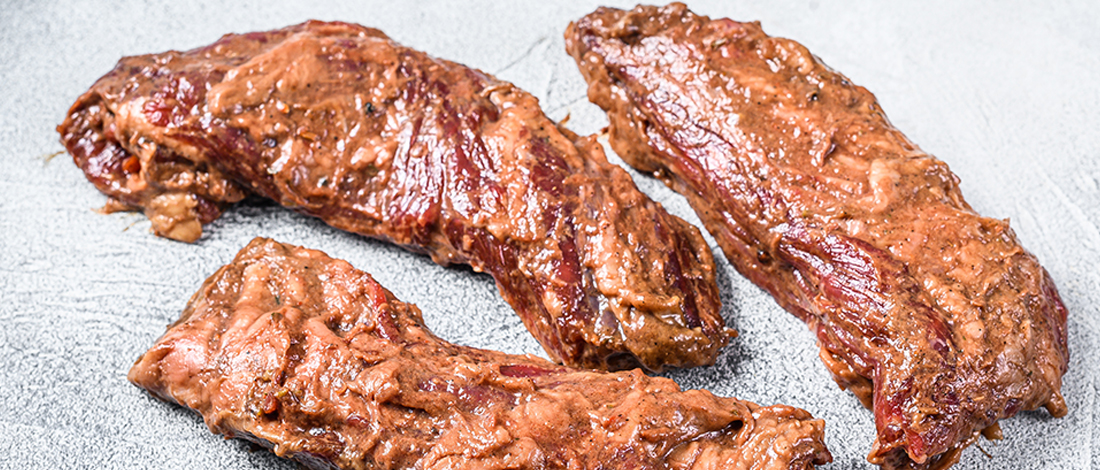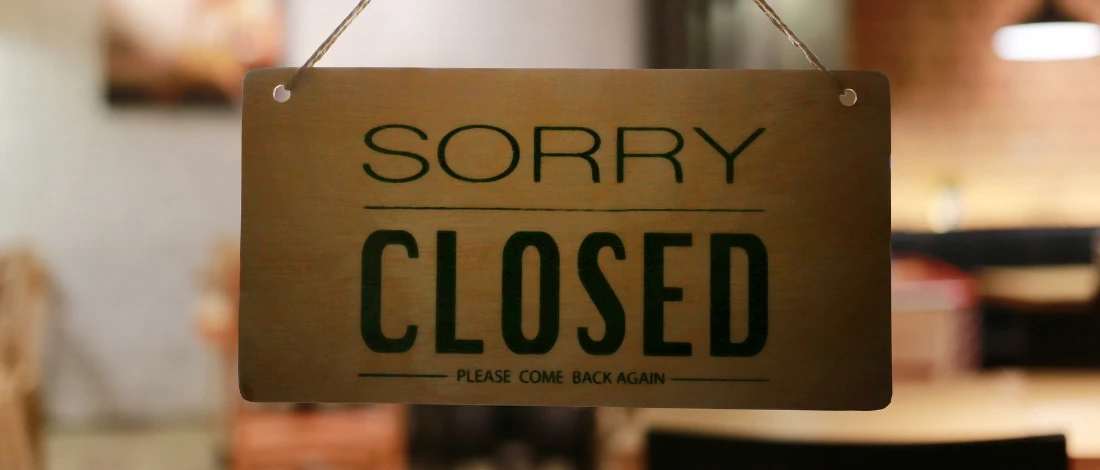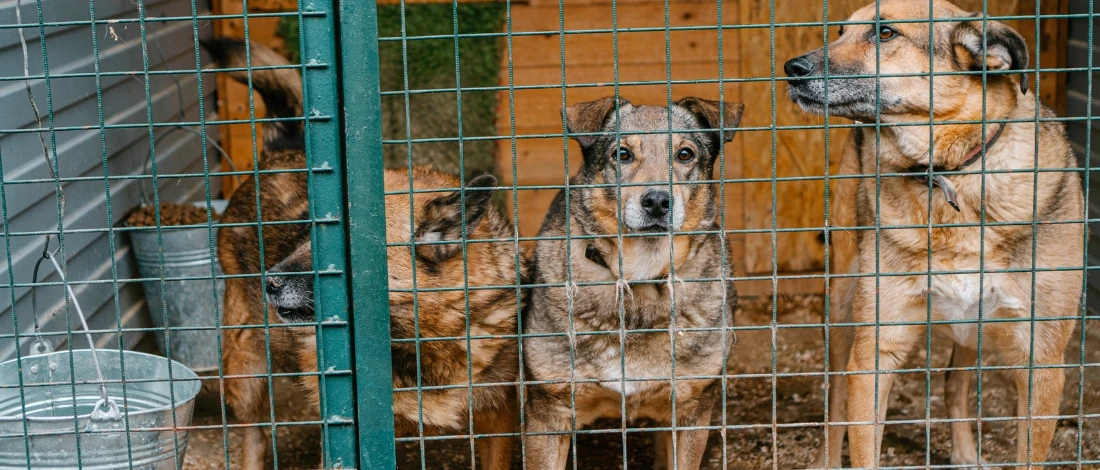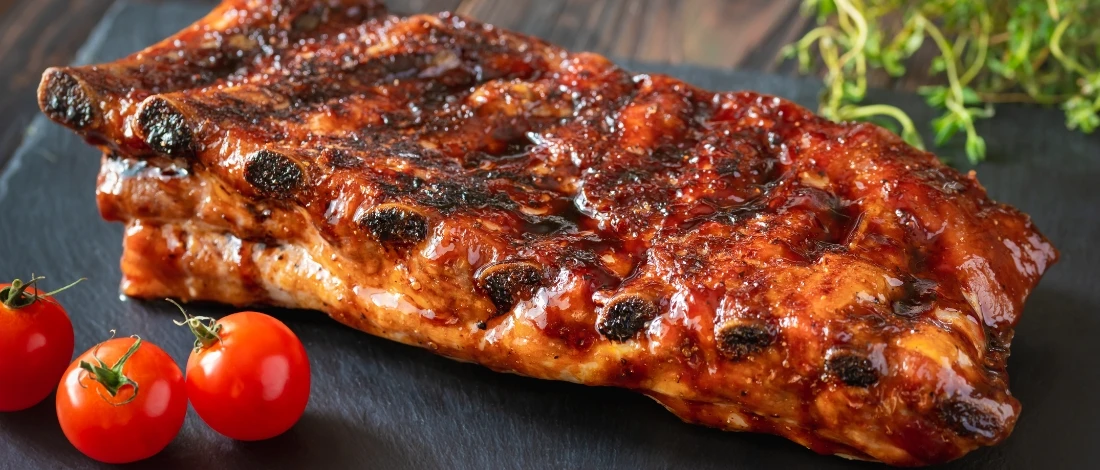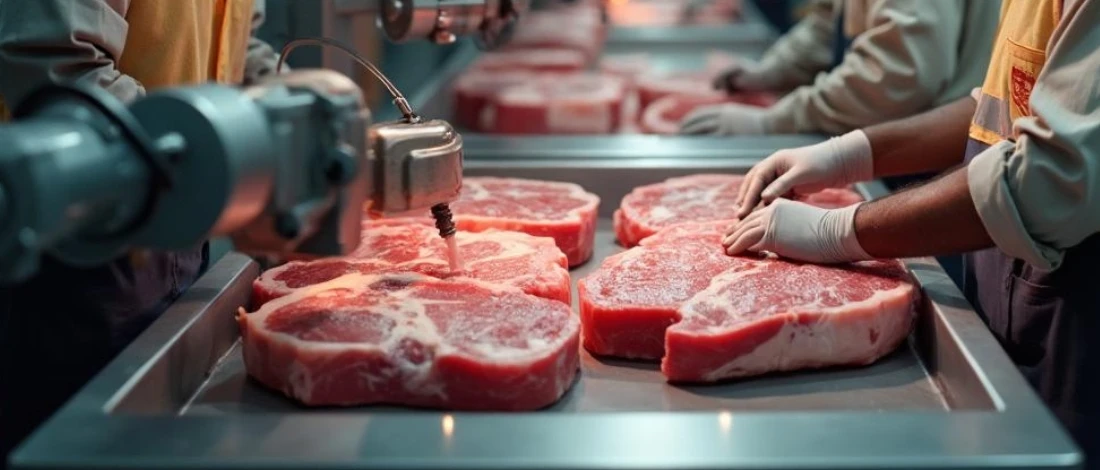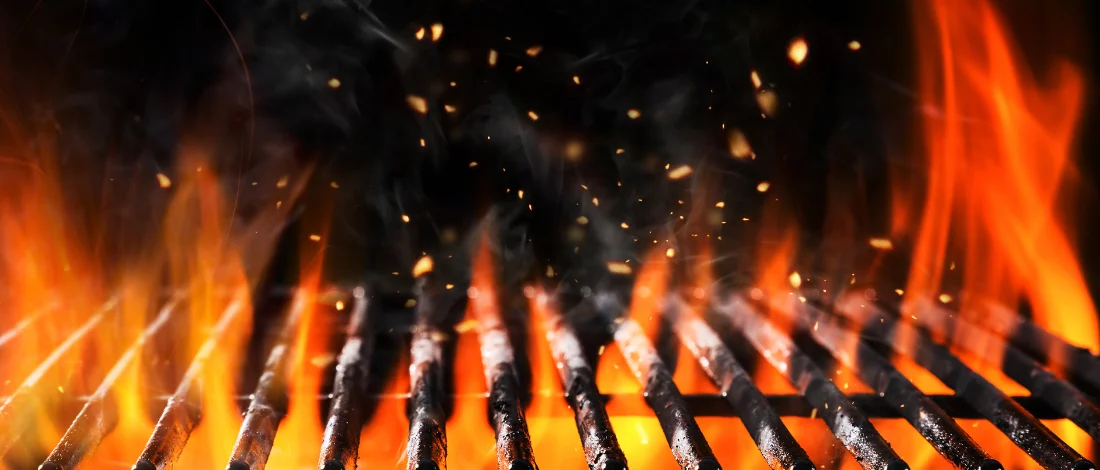As someone who loves grilling during summer holidays, I struggle to remain near a scorching grill any longer than necessary.
Knowing how important it is to extinguish a hot grill safely but wanting to find the fastest way to do it, I spent months experimenting with different methods.
Here are my top five proven ways how to cool down a charcoal grill, so you can rejoin your friends and family quickly after grilling.
Quick Summary
- You can cool a charcoal grill by adjusting the grates and vents, creating a two-zone heat, and using water.
- Water is the quickest way to cool down a charcoal grill, but it’s also the riskiest.
- It takes up to two days to completely cool the coals in a charcoal grill.
5 Ways to Cool Down a Charcoal Grill

Here are my top five tried-and-tested methods for effectively cooling down a charcoal grill.
1. Adjust Grill Grates
One of the ways to cool down a charcoal grill is to adjust grill grates.
Many charcoal grills let you set the grill grate in several different positions.
For example, the closer the food sits to the coals, the higher the cooking temperatures, but the higher you place the grate, the cooler the grill will be.
Pro tip: Put on heat-proof oven mitts when moving the grill rack to avoid burns.
This is also an effective way to cool down the grill if it turns too hot and you want to cook at a lower temperature.
However, it’s not the quickest method, as you need to wait for the coals to cool after moving the grate. But, once the coals are cool, you can safely dispose of used coals.
Another downside of this method is that it only works for a charcoal grill with adjustable grates.
If your charcoal grill lacks this feature, you can try one of the following methods.
Related Articles:
2. Position the Vents

You use vents to control the airflow.
Open vents mean more airflow and higher heat.
Closed vents mean no oxygen can get into the chamber, which means there’s no airflow to fuel the fire.
The important thing here is which vents to close. Charcoal grills usually have two types of grill vents:
- Bottom vents (intake damper) - Provide air to the coals. Close bottom vents to cut off the oxygen and wait until the charcoals burn out [1].
- Top vents (exhaust damper) - Function as a chimney and clear the smoke. It also encourages airflow through the system. You should also close these vents to cut off the oxygen entering the charcoal grill completely.
Note: Vents can get hot, so use a rag or gloves when adjusting them to extinguish a charcoal grill safely.
“The best way to get your coals to go out is by fully closing the vents on the bottom of the kettle and closing the damper on the lid to cut off the oxygen supply to the coals.”
- Weber, Premiere Manufacturer of Charcoal, Gas & Electric Grills
Keep in mind hot coals can take up to 48 hours to cool down, so you should leave the grill to cool for two days with the vents closed.
3. Make a Shield
Another way to bring down a grill's temperature is to create a shield between the food and the fire.
Use aluminum foil and fold it a few times. You need a few layers (at least three) to control the heat flow to the food.
Place the aluminum foil shield under the food.
This method doesn’t completely block the heat from getting to the food but minimizes the heat flow.
It’s a good fix to lower the heat and prevent the food from burning.
4. Make Heat Zones
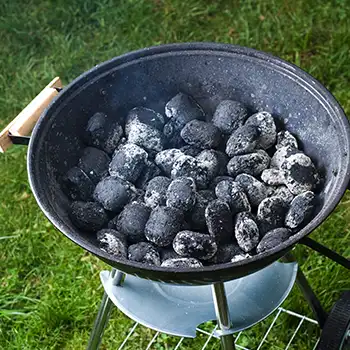
Another way to control heat levels on charcoal grills is to create heat zones.
You do this by stacking charcoal in a way that creates a low and high-heat section.
Put coals in one area of the grill. The trick is how much charcoal to use. Add two layers of coals and place them evenly.
This will create a high-heat area for charcoal grilling and searing food.
Don’t place any colas in the second charcoal or gas grill area to keep it heat-free.
You can cook the food here low and slow or use the section as the resting place for meat.
Pro tip: Once you have heat zones, transferring lit coals is easy and doesn’t pose a fire hazard. You can transfer the coals to another zone if needed or move the food around to avoid unevenly cooked food.
Once you’re ready to extinguish the fire, spread out the hot coals evenly across the grates, and wait for the grill to cool completely.
5. Cool the Coals with Water
Finally, you can help a grill cool by using water.
Here’s how to do it safely:
- Remove the food from the grill.
- Use tongs to remove the grill grates and place them in a safe area.
- Spread out the burning coals using tongs to disperse heat.
- Close the vents for 15 minutes.
- Use a spray bottle filled with water and lightly spray the coals. Stir the coals to cover them with water evenly.
- Spray until the coals are completely cool.
Note: Don’t apply water immediately after finishing the BBQ session. You need to start the cooling process, or the water will create dangerous amounts of smoke.
FAQs
How Do You Cool Down a Charcoal Grill Quickly?
You cool down a charcoal grill quickly by closing the vents and the lid so the coals start cooling. After about 15 minutes, slowly pour water over the charcoals. Stir the coals to make sure no embers re-ignite.
What to Do if a Charcoal Grill Is Too Hot?
If a charcoal grill is too hot, close the vents to prevent too much air from getting into the barbecue. You can also use less charcoal, as too much fuel can be the issue.
How Long Does it Take a Charcoal Grill to Cool Down?
AnswerIt takes a charcoal grill up to two days for the coals to completely cool down when closing the lids and the vents. You can also try the water method, using a grill shield or creating two zones to extinguish the grill faster.
Reference:
- https://sunshineandplay.com/how-to-use-charcoal-grill-vents/


